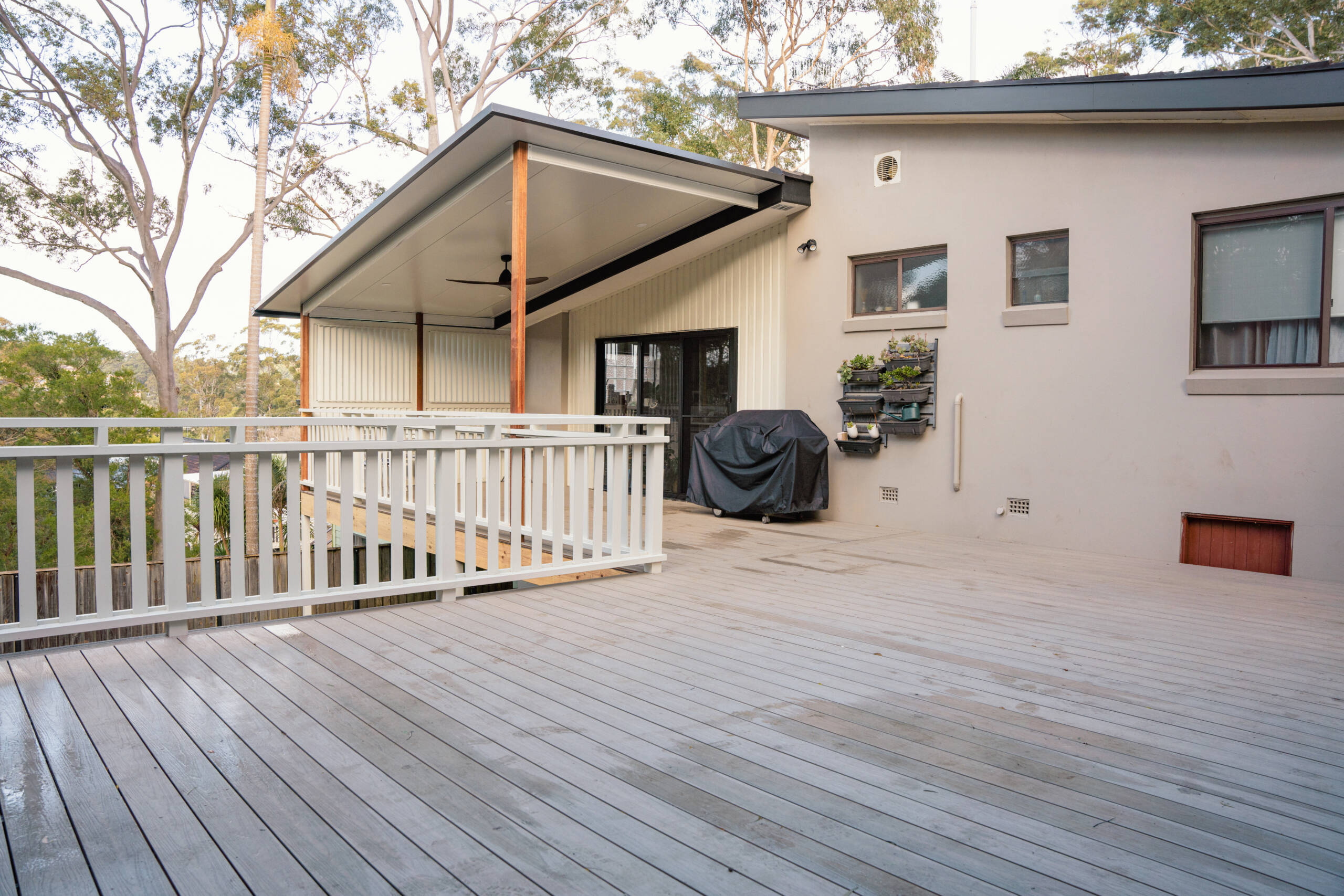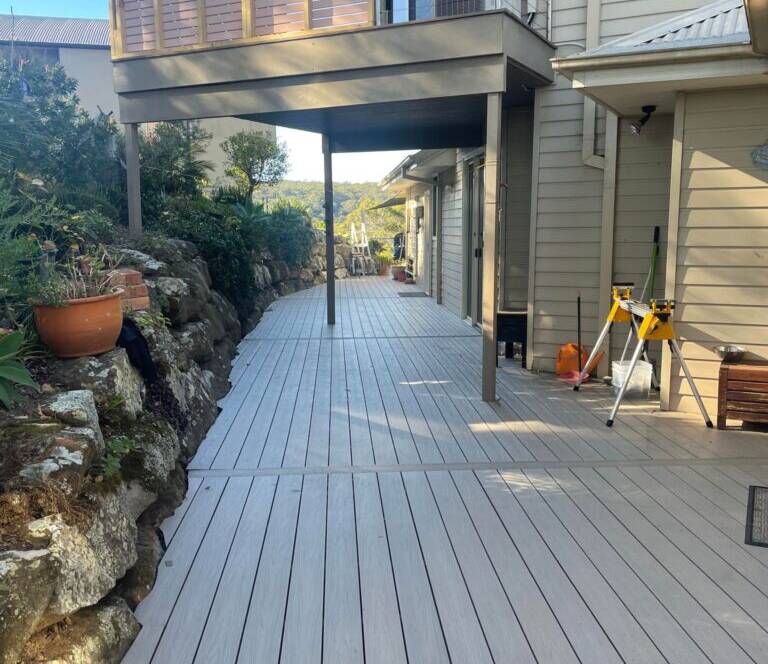As a builder, you know it’s not just about putting up structures; it’s about doing things right. When it comes to pergolas, Australian regulations are there to ensure everything stays safe, legal, and neighbor-friendly. From placement and permits to bushfire compliance, there’s a bit to consider before getting started. Let’s dive into what you need to know to build confidently—and keep things professional.
Placement Rules: Staying Within the Lines
Pergola placement isn’t just about aesthetics; it’s about compliance. Here’s what the regulations look like:
- Behind the Building Line: Your pergola must sit behind your house’s building line—no exceptions.
- Boundary Distances: The minimum distance is 5 meters from the boundary, though some councils allow flexibility up to 9 meters.
- Size and Height Limits: Pergolas are capped at 25 square meters with an average height of 3 meters.
Want to build closer to the boundary? You’ll need a written agreement from your neighbors. These rules are in place to maintain good relationships and ensure a safe, functional design.
Bushfire Zones: Extra Precautions for High-Risk Areas
For builders working in bushfire-prone regions, safety takes center stage. The stakes are higher, and the regulations reflect that:
- Fire-Rated Materials: You’ll need to use materials like treated timber, steel, or other non-combustibles that meet the Australian Standard AS3959-2009.
- Distance Requirements: Pergolas must be positioned at least 5 meters away from other structures.
- Local Council Rules: Regulations can vary, so double-check with your local council to ensure compliance.
These measures aren’t just about following the rules—they’re about protecting lives and property in areas where fire risks are real.
Permits: A Must for Any Build
Skipping permits might seem like a shortcut, but it’s a fast track to big problems. Here’s what you need:
- Planning Permits: These cover boundary regulations, design, and overall site aesthetics.
- Building Permits: Focused on safety, these ensure compliance with fire standards, material requirements, and structural integrity.
Permits don’t just protect you from fines; they also guarantee your pergola meets safety standards and adds value to your property. Without them, you’re looking at potential penalties and insurance headaches.
The Cost of Non-Compliance
Building without the proper approvals can lead to serious repercussions:
- Fines and Demolition Orders: Councils can impose significant penalties or require the removal of non-compliant structures.
- Insurance Complications: Many insurers won’t cover unapproved structures, and some might even cancel your policy.
- Safety Risks: Without regulatory oversight, the structural integrity of the pergola could be compromised, posing risks for clients or property.
Getting permits and following regulations isn’t just about legality—it’s about ensuring the quality and longevity of your work.
Frequently Asked Questions
Q: What materials are fire-rated for bushfire zones?
Fire-rated materials include steel, concrete, treated timber, and brick. These must comply with AS3959-2009 to be considered suitable for bushfire-prone areas.
Q: How do I get neighbor approval for closer placement?
Communicate clearly with your neighbors, provide detailed plans, and request a signed written agreement. If necessary, consult a legal advisor to ensure everything’s in order.
Q: What happens if I skip the permit process?
Expect fines, potential demolition orders, and complications with insurance. It’s always better to handle permits upfront.
Final Word
Pergola regulations might seem like red tape, but they’re essential for creating safe, durable structures that respect property lines and meet Australian standards. Whether it’s navigating bushfire requirements or securing the right permits, getting it right the first time saves time, money, and hassle.
As a young builder, I know how important it is to balance professionalism with a straightforward approach. Understanding these rules shows clients you take your work seriously, and it ensures the projects you deliver stand the test of time—both legally and structurally.



